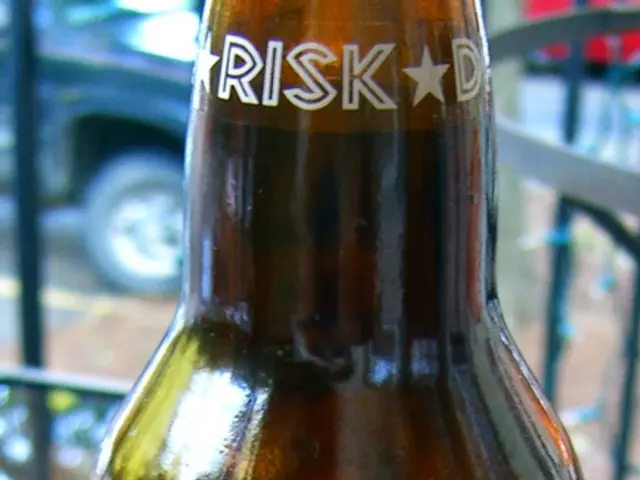Sky-high Tariffs Imposed by Trump Send Swiss Watch Sector into Emergency
The 39% U.S. tariff on Swiss watch imports, effective from August 7, 2025, is causing significant disruption in the Swiss watch industry, particularly in the United States, which accounts for about 17-20% of Swiss watch exports.
The tariff has led to retail price increases of up to 15-20%, forcing importers and retailers to either absorb these costs or pass them on to consumers. This has created a challenging environment, especially in the face of existing challenges such as a post-pandemic demand slump and a strong Swiss franc.
The tariff has also exacerbated supply constraints, particularly for brands like Rolex, Audemars Piguet (AP), and Patek Philippe. The scarcity of these watches is intensifying demand in the secondary market, where dealers anticipate a net positive effect from the tariffs but warn of potential tightening of supplies, especially for Rolex watches.
The increase in retail prices and supply constraints are pushing collectors and buyers towards the pre-owned market. This shift in buyer behavior could potentially drive up prices in the pre-owned market as buyers seek alternatives to the now more expensive new watches.
The 39% tariff is a "highly toxic cocktail" when combined with rising input costs (notably gold prices) and currency headwinds. Major Swiss industry hubs in the Jura Arc region face risks of increased short-time work and layoffs due to decreased demand and profitability pressures.
The U.S. market was a rare growth driver for the Swiss watch industry until the tariff disruption. The negative growth outlook created by the tariff is a significant concern for an industry that relies heavily on U.S. consumers.
Some industry experts, like Eugene Tutunikov, CEO of SwissWatchExpo, suggest that while the tariffs have been beneficial in the short term, they could negatively impact the pre-owned market if they persist for more than six months. Others, like Steven Holtzman, vice chairman at CD Peacock in Chicago, speculate that brands might choose to bypass the American market altogether if the 39% tariff sticks.
Daaboul, another industry player, questions the pain threshold on prices and the potential consequences if the tariffs lead to a significant increase in prices. Joshua Ganjei, CEO of the European Watch Company, offers a solution by stating that buying pre-owned watches directly from them offers immediate delivery and eliminates tariff-related uncertainties.
In conclusion, the 39% U.S. tariff on Swiss watch imports is compounding existing economic pressures on the Swiss watch sector, leading to increased retail prices, shifting buyer behavior towards the secondary market, and threatening jobs and production stability in Switzerland’s watchmaking heartland.
The tariff has led to finance-related difficulties for importers and retailers in the watch business, forcing them to consider adjusting their strategies due to increased retail prices. The scarcity of high-end watches has caused a surge in energy, in the form of demand, for the secondary market, where prices might continue to rise due to the shift in buyer behavior.




